Treatment of Tuberculosis (2003)
Return to Slide Sets Main Menu
This slide set was developed as an accompaniment to Treatment
of Tuberculosis, a joint statement by CDC, the American Thoracic Society,
and the Infectious Diseases Society of America. The slide set provides an overview
of the current recommendations for the treatment of tuberculosis.
Download complete
set (65 slides) in PowerPoint format - (581 KB)
NOTE: To download images to your local drive, right click on the image with
your mouse, and choose "Save Picture As". In the pop up menu that follows,
navigate to a location where you would like to place the file, and click "Save."
To enlarge an image, or to navigate the presentation on the web, click on any
image.
The slide set is in the public domain. You may reproduce these
slides without permission. You are also free to adapt and revise these slides;
however, you must remove the CDC name and logo if changes are made.
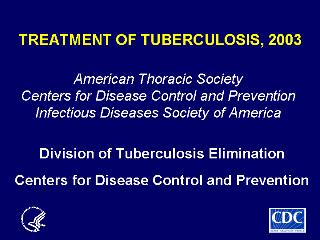
d |
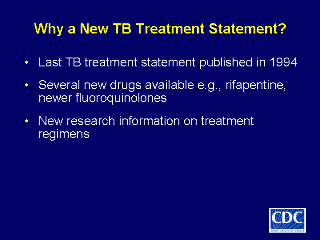
d |
| Slide #1 |
Slide #2 |
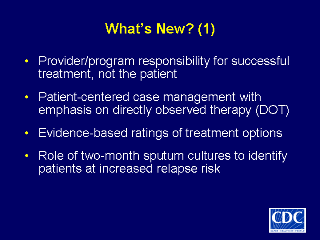
d |
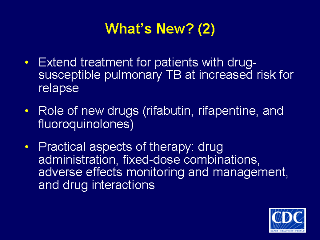
d |
| Slide #3 |
Slide #4 |
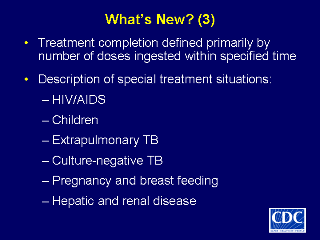
d |
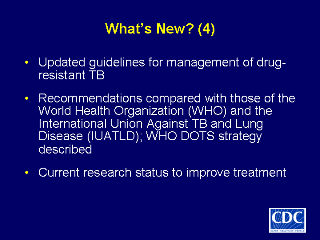
d |
| Slide #5 |
Slide #6 |
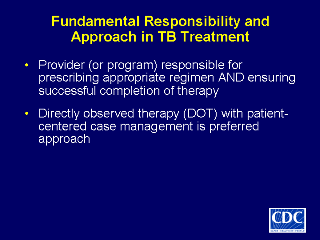
d |
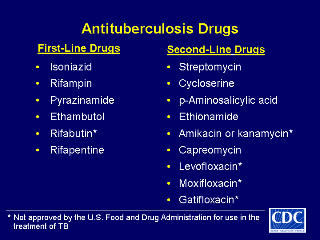
d |
| Slide #7 |
Slide #8 |

d |
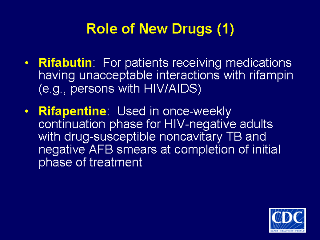
d |
| Slide #9 |
Slide #10 |

d |
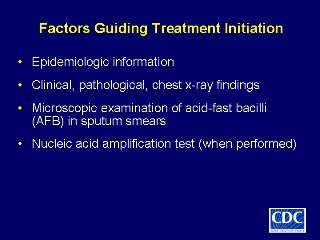
d |
| Slide #11 |
Slide #12 |
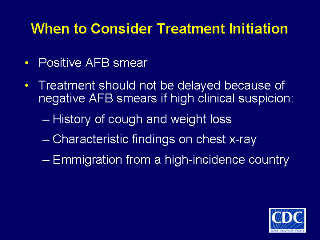
d |
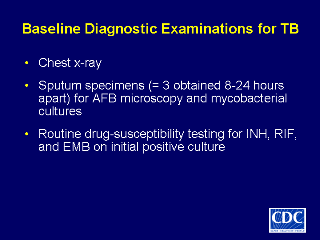
d |
| Slide #13 |
Slide #14 |
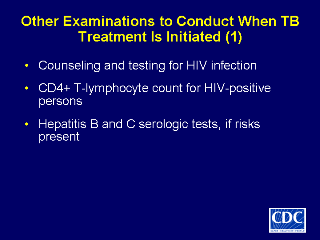
d |
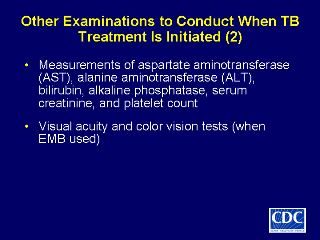
d |
| Slide #15 |
Slide #16 |
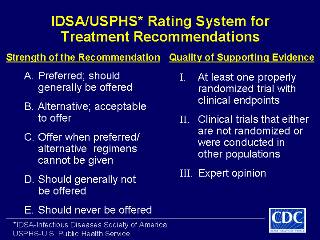
d |
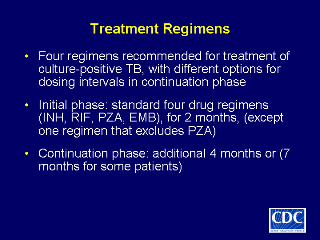
d |
| Slide #17 |
Slide #18 |
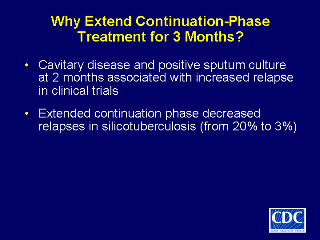
d |
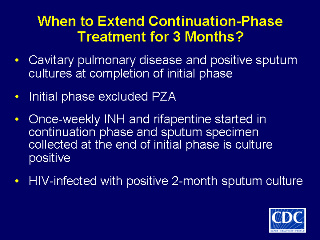
d |
| Slide #19 |
Slide #20 |
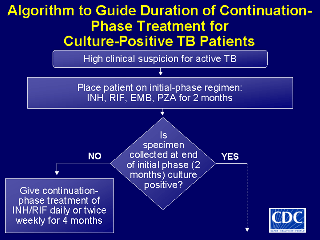
d |
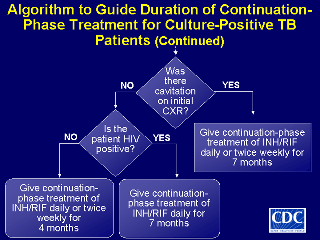
d |
| Slide #21 |
Slide #22 |
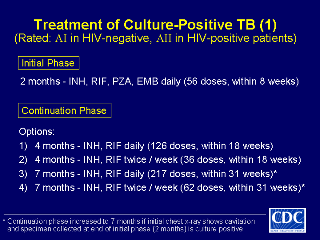
d |
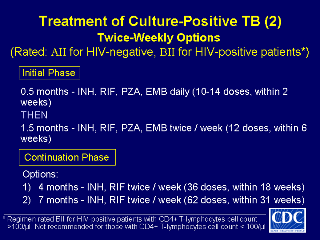
d |
| Slide #23 |
Slide #24 |
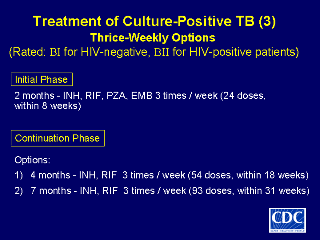
d |
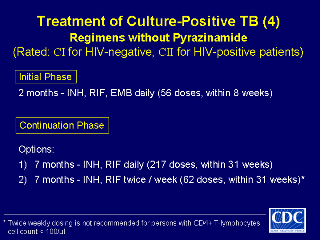
d |
| Slide #25 |
Slide #26 |
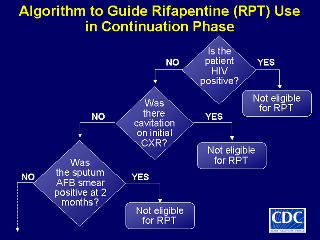
d |
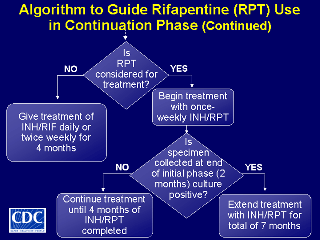
d |
| Slide #27 |
Slide #28 |
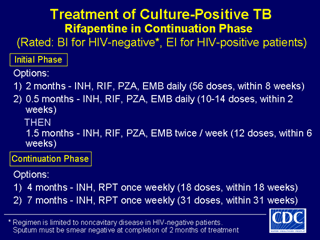
d |
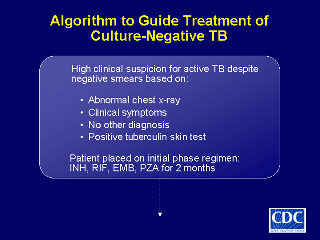
d |
| Slide #29 |
Slide #30 |
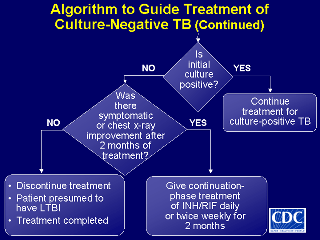
d |
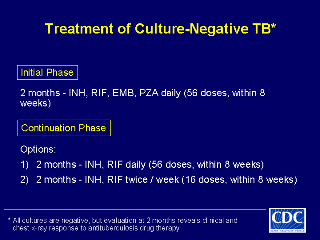
d |
| Slide #31 |
Slide #32 |
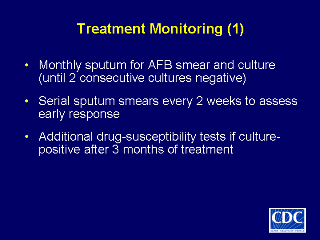
d |
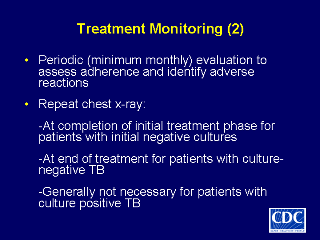
d |
| Slide #33 |
Slide #34 |
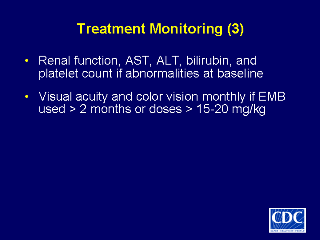
d |
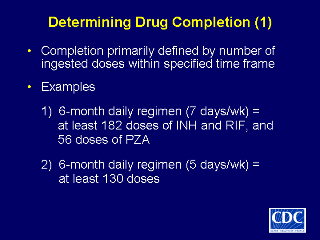
d |
| Slide #35 |
Slide #36 |
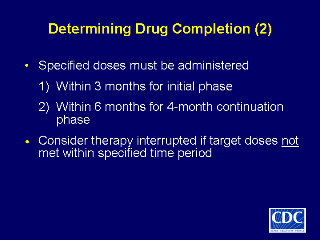
d |
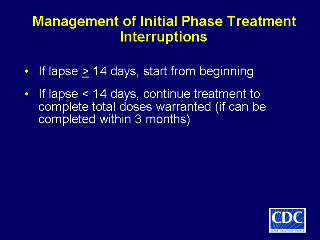
d |
| Slide #37 |
Slide #38 |
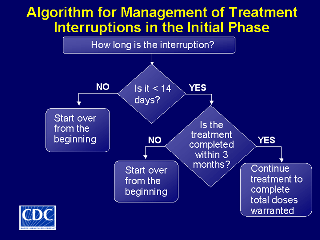
d |
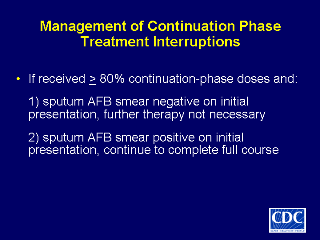
d |
| Slide #39 |
Slide #40 |
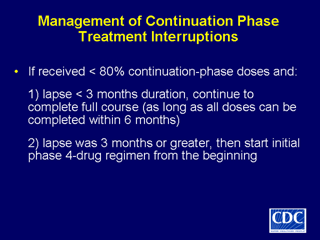
d |
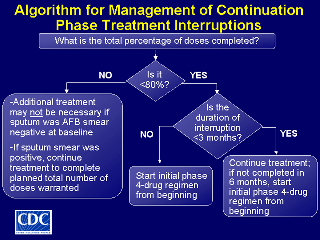
d |
| Slide #41 |
Slide #42 |

d |
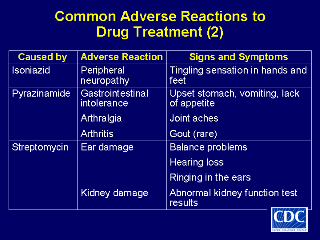
d |
| Slide #43 |
Slide #44 |

d |
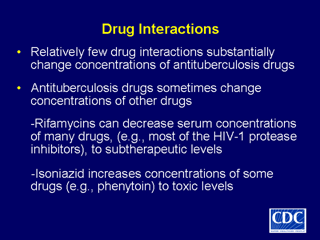
d |
| Slide #45 |
Slide #46 |
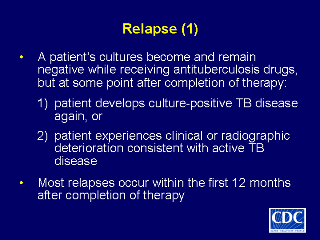
d |
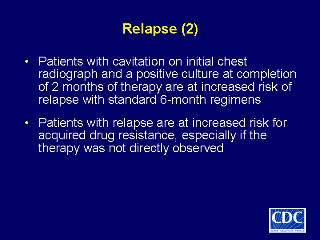
d |
| Slide #47 |
Slide #48 |
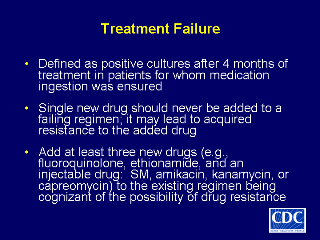
d |

d |
| Slide #49 |
Slide #50 |
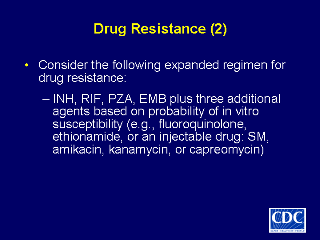
d |
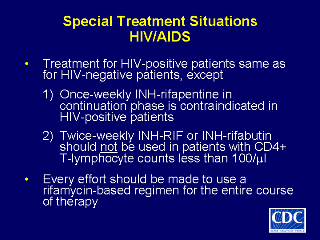
d |
| Slide #51 |
Slide #52 |
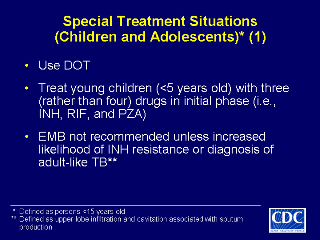
d |
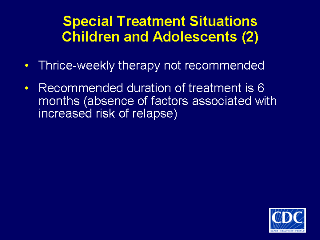
d |
| Slide #53 |
Slide #54 |
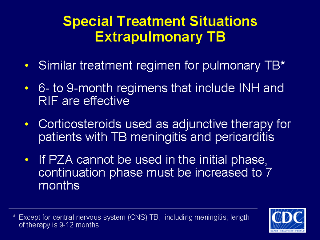
d |
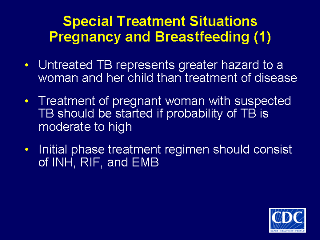
d |
| Slide #55 |
Slide #56 |
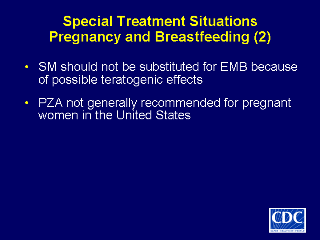
d |
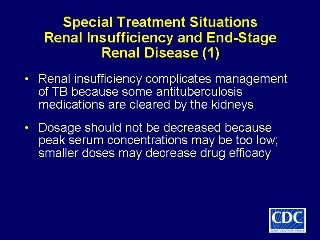
d |
| Slide #57 |
Slide #58 |
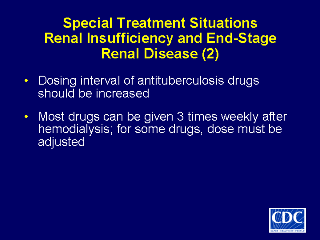
d |
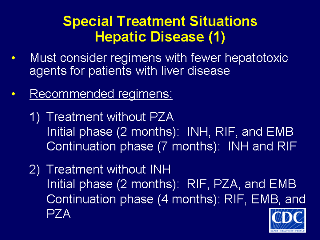
d |
| Slide #59 |
Slide #60 |
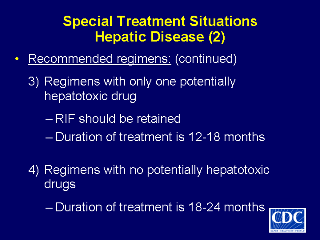 d d
|
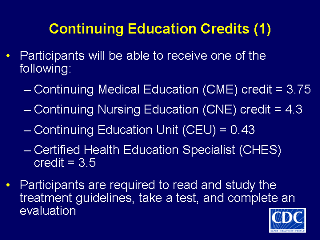 d d
|
| Slide #61 |
Slide #62 |
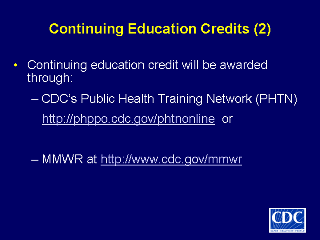 d d
|
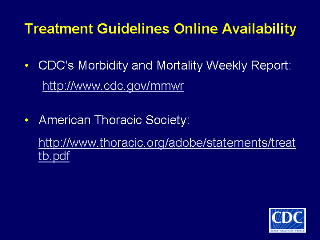 d d
|
| Slide #63 |
Slide #64 |
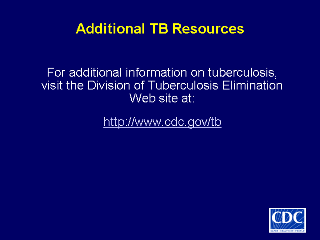 d d
|
|
| Slide #65 |
|
Last Reviewed: 05/18/2008
Content Source: Division of Tuberculosis Elimination
National Center for HIV/AIDS, Viral Hepatitis, STD, and TB Prevention
Back to Top of Page
|
You will need Adobe Acrobat™ Reader
v5.0 or higher to read pages that are in PDF format. Download the Adobe Acrobat™ Reader.
If you have difficulty accessing any
material on the DTBE Web site because of a disability, please contact
us in writing or via telephone and we will work with you to make the information
available.
Division of Tuberculosis Elimination
Attn: Content Manager, DTBE Web site
Centers for Disease Control and Prevention
1600 Clifton Rd., NE Mailstop E-10
Atlanta, GA 30333
CDC-INFO at (1-800) 232-4636
TTY: 1 (888) 232-6348
E-mail: tbinfo@cdc.gov
|
 Home |
Site Map
| Contact Us
Home |
Site Map
| Contact Us
Accessibility
| Privacy Policy Notice |
FOIA
| USA.gov
CDC Home |
Search |
Health Topics A-Z
Centers for Disease Control & Prevention
National Center for HIV/AIDS,
Viral Hepatitis, STD, and TB Prevention
Division of Tuberculosis Elimination
Please send comments/suggestions/requests to:
CDCINFO@cdc.gov
|